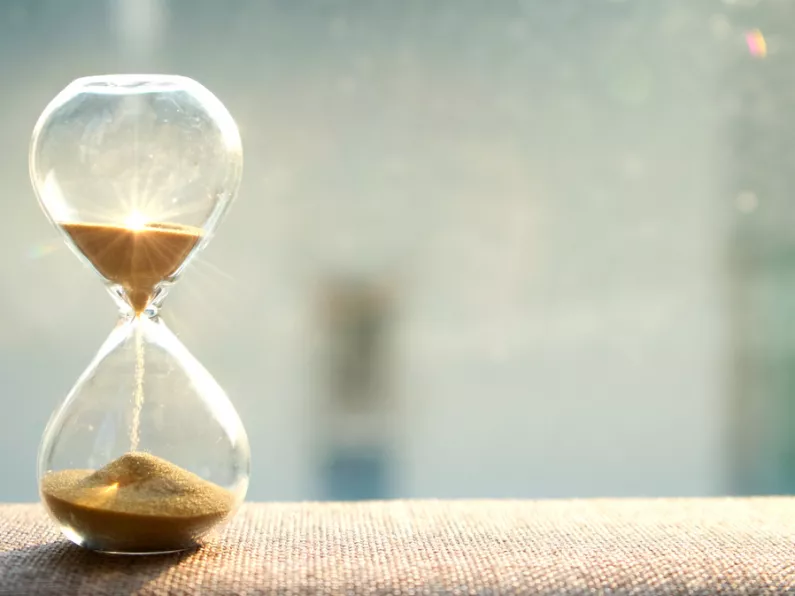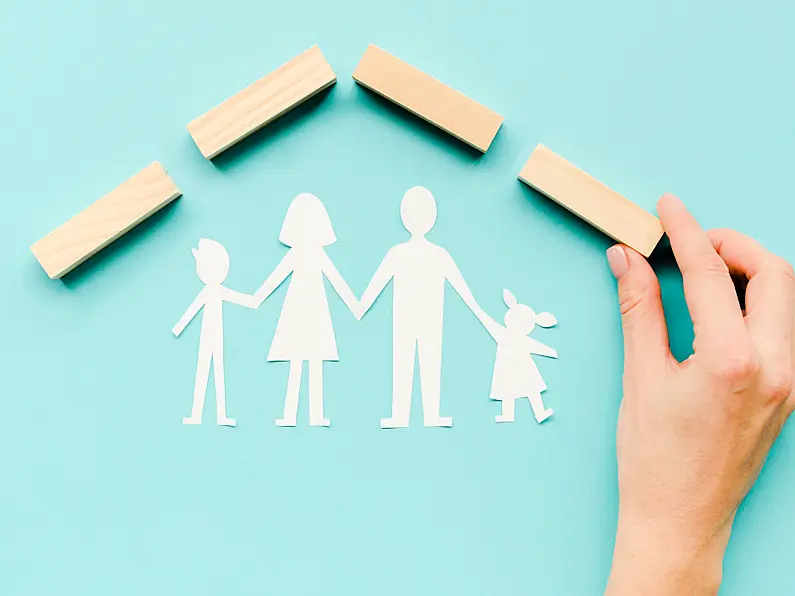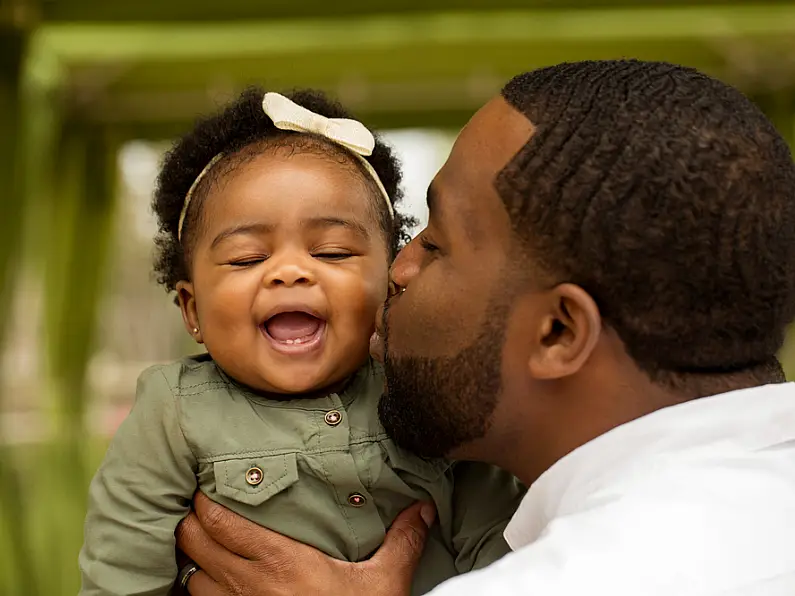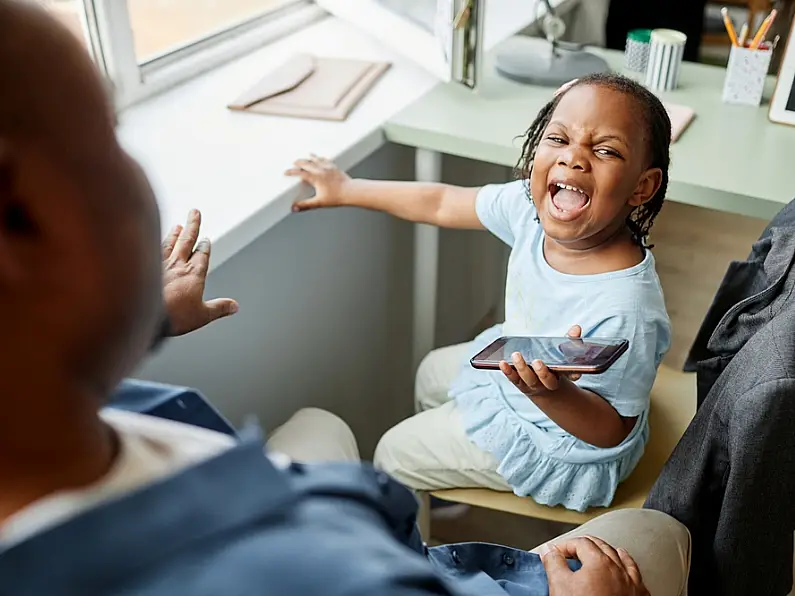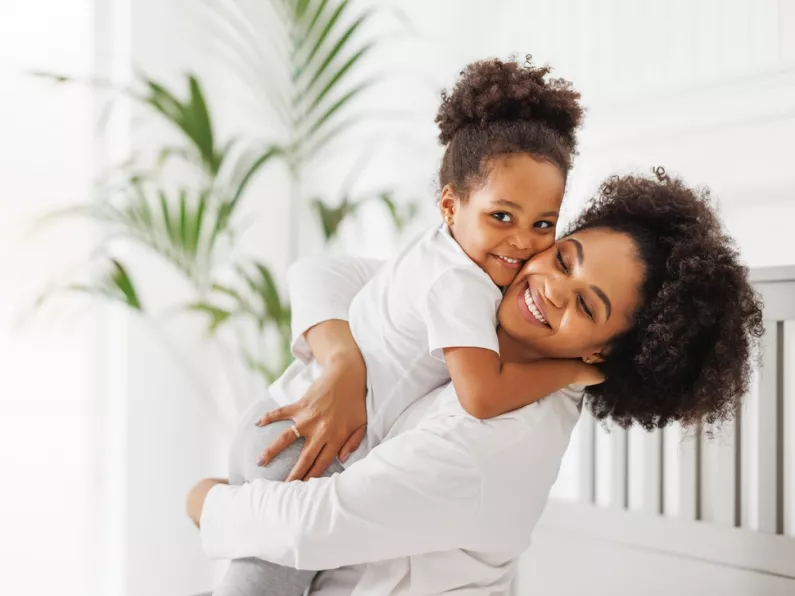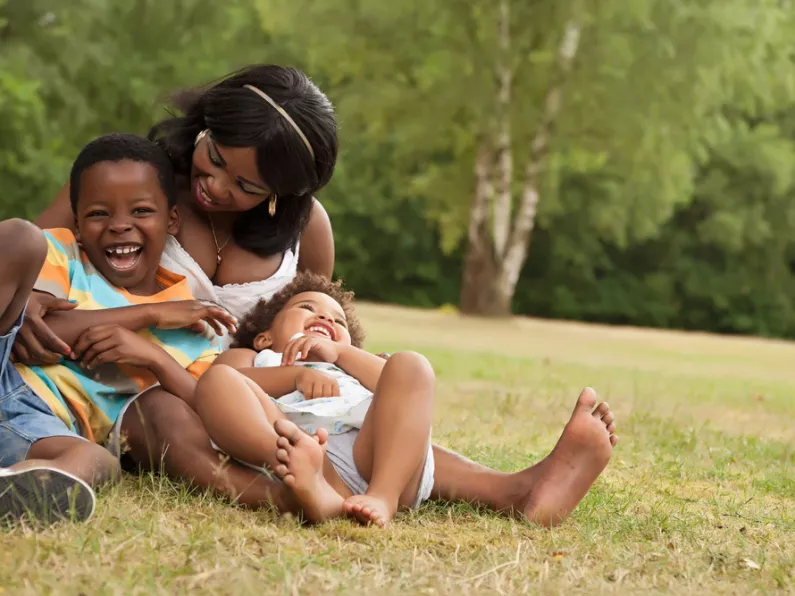For many of us (myself included) who are always looking for healthier alternatives to disciplining and guiding our children, we tend to gravitate towards time outs.
Legit me. I didn’t want to do licks or shaming or anything along those lines, so I thought 'this has to be it, right?'
The better alternative to shouting or giving licks? Because time out 'gives them time to think about what they did wrong and what not'.
Well, apparently it's not such a great alternative.
Parenting: time out vs time in
When researching and discussing time outs and alternative disciplinary methods, I learnt that from a psychological and holistic level, time outs aren't actually the healthiest go-to.
Why? Because they mainly teach self-isolation.
I didn't realize that I was unknowingly setting my child up to think a good coping mechanism is withdrawal/self isolation/lack of proper communication of needs; and basically for a lifetime of being unable to express herself appropriately.
Sending wrong signals
From a psychological perspective, time outs are training our babies to think and feel that their moods and emotions are too much for mom\dad\auntie to handle, and so they need to quiet them.
They make our children think that every time they are struggling or having a hard time, they need to quietly solve their problems on their own (even though we haven't shown them how to).
And this can mean you end up with teens and young adults who are “unreachable” because they shut down and self-isolate.
Taking from one of my favorite social media parenting pages , time outs do not fix:
- Sensory overwhelm
- Difficulty communicating needs
- Overtiredness
- Lack of impulse control
- Unmet needs
- Difficulty with transitions
- Or really anything that is going on under the surface.
Time in
Leaning more into ‘time in’ has helped a lot with what I am trying to achieve, both within myself and in my daughter; the ability to bit by bit self-regulate healthily.
I want her to have the language to express what she’s feeling, to learn how to hear and listen to her body, for her to know that she is not being dramatic, and that I hear and see her.
Ultimately, I want to hold a judgement-free zone for her and then for her to eventually develop her own ways of self-regulation.
Feeling seen
Essentially, children want the same things adults want when they are feeling angry/disappointed/hurt; a listening ear, a hug and understanding.
How I use time in, instead of dedicating a corner for time out, is that I try to create and dedicate a space or calm zone for her where I can also sit and co-regulate with her until she’s no longer in the red zone.
In this zone, we talk about what she is or was feeling, which part of her body feels odd, and what color she feels.
Leading by example
When we have time in, it's important that I don't use this time to lecture her or harp on about whatever the issue was or is.
I take the emphasis off her and instead talk about what I do when I feel angry or sad.
Now personally, so far I haven't got my tiny human to use a calm down corner no matter how many times I have implemented it.
But what I have been successful with is being her safe zone whenever she needs it. I create and hold space for her.
Navigating the power struggle
Time in can be beneficial to both parties, parent and child, as it allows the parent to do their own introspection and that usually deescalates the power struggle between parent and child.
It also teaches emotional intelligence, growth, regulation and healthier communication.
This is in no way an easy way out or shortcut; rather it requires (A LOT OF) patience and a lot of your own healing and self-regulation as the parent.
But man oh man, in the long term? A more emotionally sound child/teen/adult.

